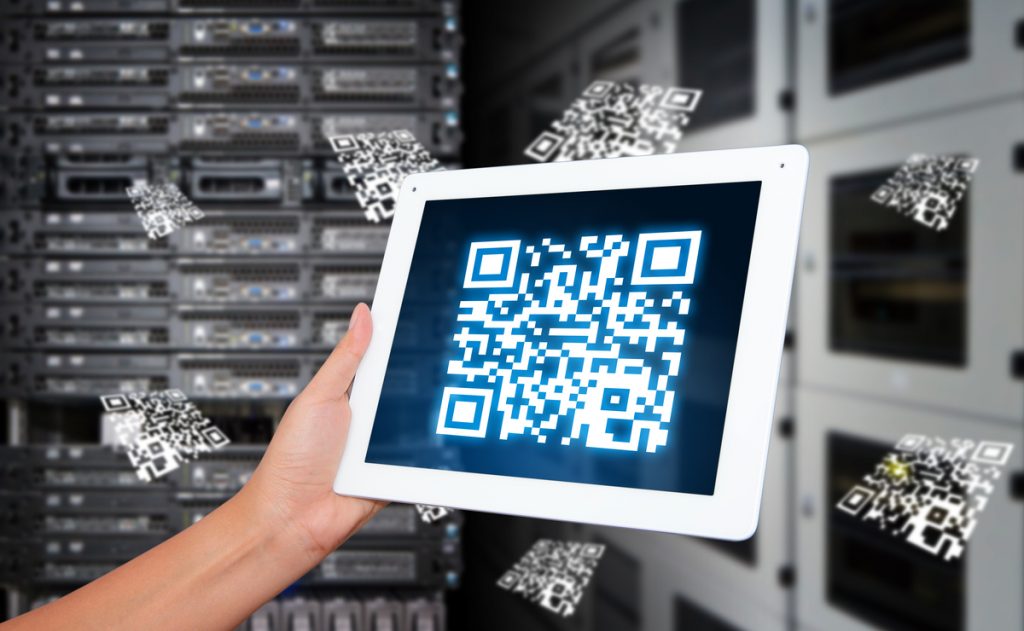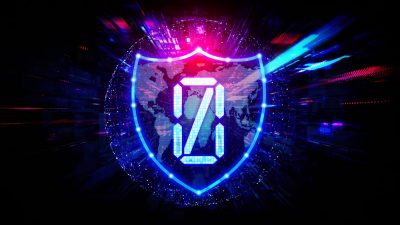A rapidly growing world requires a quick response to every action. As Newton’s third law of motion states, ‘For every action, there is always an equal and opposite reaction.’ QR code or Quick Response code was designed with a vision to provide quick actions. With QR codes, it becomes easier to access any information in a convenient and faster way.
The automotive industry used the first-ever QR code in Japan in the year 1994. Masahiro Hara from Denso Wave invented the mechanism of QR code to streamline manufacturing processes. It helped automate components manufacturer Denso’s subsidiary, which produced automatic identification products, industrial robots, and programmable logic controllers (PLCs), an industrial computer control system that monitors input devices’ states.
QR codes are two-dimensional barcodes containing up to 4,200 alphanumeric characters, letters, numbers, and symbols.
Threats associated with QR code
QR code security turned out to be a highly debated issue across the globe. But QR code technology has no security issues at its level. The security issue arises when hackers try to connect malicious software or websites to a particular QR code. Apart from this, there are times where QR codes may have added additional security measures to technology processes.
A short answer to ‘Are the QR codes Secure?’ is ‘Yes.’ The content inside the machine-readable static QR codes cannot be changed once generated. Simultaneously, the hackers can change the content inside a dynamic code by accessing the user account that created it.
The answer to another widely asked question, ‘Can QR codes be hacked?’ is ‘No, it is not possible to hack QR codes.’ These codes are created inside a square matrix with pixelated dots, and these dots need to be changed to hack that particular code. The QR code technology never falls into a security risk alone. The security issues occur from the information connected to the QR code.
Some potential QR code security threats include the following –
Phishing
The most common way hackers break into a website is ‘Phishing.’ Initially, hackers create a phishing page where users land after scanning the QR code. The hackers try to gain the users’ attention by creating an attractive email that users find very convincing as it includes a company logo and similar graphic styles that make it look real.
The other means used by attackers are printing QR codes and posting them in public places that land on a phishing page. Any person who unknowingly scans the code may end up losing his personal information to cybercriminals.
Malware attack
Malware-related attacks come into account with downloadable activity. Hackers create a download page that automatically drops a piece of malware onto the user’s device. Such action is called a “drive-by download attack,” which involves sending a user to a specific website that automatically forces a download to occur without any user concern. Add to it, just visiting a website is also enough for the download to occur.
In mobiles, these activities occur through hidden apps that affect the device by stealing information or sending messages to premium numbers. Hackers collect this data and may even sell it, leading to data breaches.
Entry through websites
Another type of security risk is entering through websites. These websites can download malicious software as well as steal user information. It sometimes also performs activities like accessing browser data, activating the camera, spending spam emails, or using the device to conduct further attacks on other users. And the miraculous part is that users are unaware of all these things taking place.
Here are some exclusive facts on QR code:
- All QR codes need not be black and white – The contrast between the light and the dark areas should be in a proper proportion for readers to detect.
- Audi created the largest QR code on record that measured around 159 sq. m (It was about 1,711 sq. ft for the non-metrically inclined).
- The iPhone, so far, is the most popular scanning device for QR codes.
- Strange yet true – Women scan two-third of the QR codes.
- Print media is responsible for only 1% of all scanned QR codes.
- Of all the scanned QR codes, one-fourth were scanned by 35–44-year-old consumers.
- Excluding Japan, the US has the highest QR code usage rate than any other country.
QR codes have more to them than one can see…….
QR codes or quick response codes give access to specific information in an agile and straightforward manner.
This newly designed technology is cheap to deploy and can be applied to almost anything, let that be any industry—from retail to healthcare. Implementing it gives all industries a quick and easy way to link their audience to websites, store discounts, promotional campaigns, patient medical records, mobile payments, and a whole lot more.
QR codes aren’t just cost-effective but easy to use too. Moreover, it plays an essential role, especially during a pandemic where contactless transactions have become the norm.
Today, at least 81% of Americans own a smartphone, and nearly all of those devices can natively read QR codes with no third-party app required. So, QR codes are clearly having their moment.
We studied what QR code is, what it is used for, and the types of threats QR codes go through. But the most important question, how do you tackle these threats, will be answered in the next blog, QR Code Security: A Concern – Conclusion; till then, keep looking for more in this space.
To learn more about QR codes and the latest related security technologies, download our latest whitepapers on security.









































































